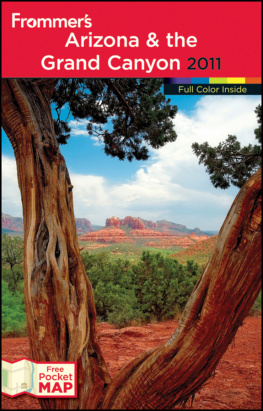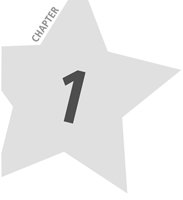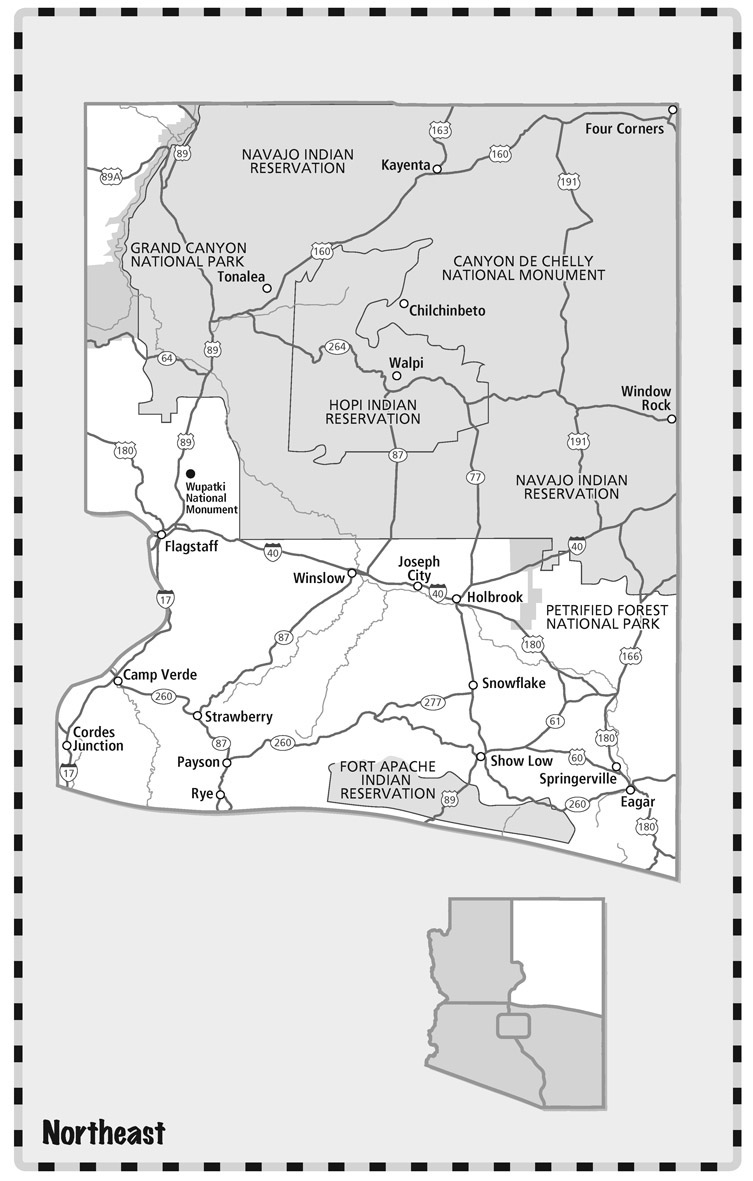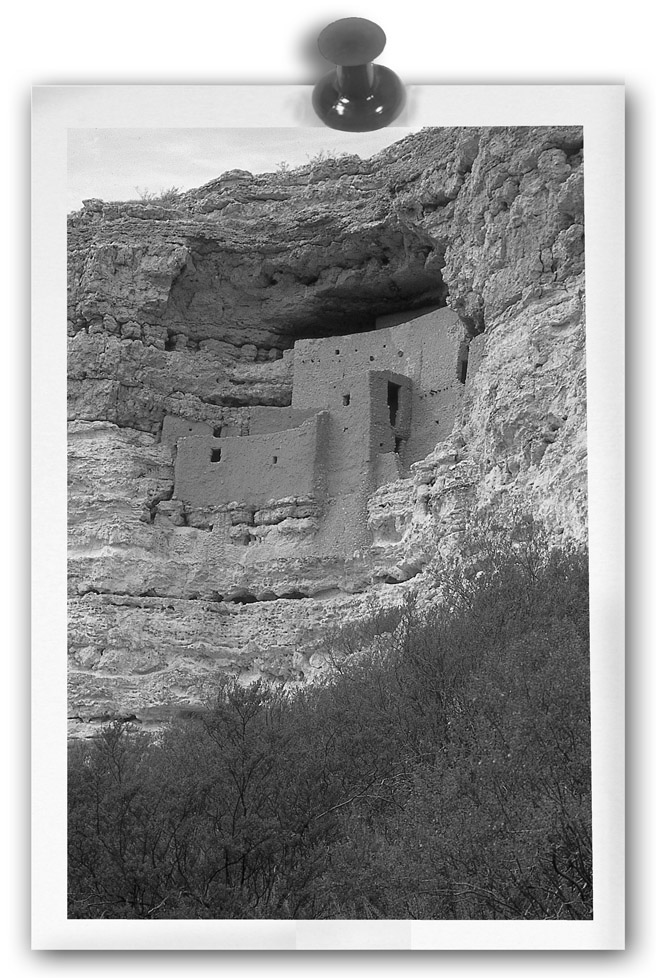about the author
Sam Lowe has been living in, and writing about, Arizona since 1969. This longevity qualifies him for the loosely regulated almost native category but does not allow him to buy a bumper sticker proclaiming his tenure. He worked as a columnist for the Phoenix Gazette and Arizona Republic for more than twenty-five years and was once named Humor Columnist of the Year by the National Society of Newspaper Columnists.
He entered a state of semiretirement in 1999 to become a freelance writer. His work has since appeared in such publications as Arizona Highways, Arizona Highroads, Sedona Magazine, Scottsdale Scene, and International Travel and Tourism News and several newspapers, including the Arizona Republic, USA Today, Chicago Tribune, and Columbus Dispatch. He has also written seven books, including the first two editions of Arizona Curiosities and You Know Youre in Arizona When... for Globe Pequot Press.
Lowe, his wife Lyn, and their dog Zach live in Phoenix. Theres nothing curious about them except for the circus billboard poster on the wall of their garage.
acknowledgments
A lot of kind and gentle folks helped me along the way. Foremost among them is Marshall Trimble, the states official historian and an invaluable resource when I need background information.
Special thanks to Janice Griffith for showing me which Winslow corner to stand on; Dewanne Hopson, who guided me across a snake bridge; Nancy Cannon, a wonderful Prescott resource; and Vera Marie Badertscher, for acting as a Tucson guide.
To Archy McDonald, who pointed the way to Skull Rock; Jennie Inman for directions to the Chloride Mural; Judy and Ron Spencer for details on staying aloft for forty-seven days; Julie Brooks, who knows about sand fishing along the Hassayampa River; Clay Thompson, an expert on weird stuff; Paul Wolterbeek, an expert on boojum trees; and to David Postal, Joe Orman, and Erika Breckel, who tipped me off about several oddities.
Thanks to the people at the visitor centers, especially those in Kingman, Mayer, Flagstaff, Tucson, Willcox, Holbrook, Springerville, Show Low, Bisbee, Benson, Wickenburg, Patagonia, Yuma, Parker, and Lake Havasu City.
Northeast
When I tryto find the adjective that best describes the northeastern sector of Arizona, the first word that pops into my head is big.
The entire area is big. The Navajo Reservation is big. The wind is big. The Indian ruins are big. The history is big, and those who lived it are bigger than life.
The worlds largest bulldog resides here. The worlds biggest Navajo rug was created here. Big dinosaurs once roamed here, and several of their big concrete descendants still occupy space in the desert and surrounding cities.
The Northeast has big elephantine rocks, big screaming mysteries, a big blowhole, and a big Route 66 road marker. Plus big petrified logs, a big Indian head, thousands of bighearted people, a big collection of used bicycles, a big pinecone. And the rock spires of Canyon de Chelly and Monument Valley go far beyond big, all the way to monumental.
But the Northeast is big enough handle all that enormity. The vast open space of the Great Basin Desert swallows up all things, big and not so big, and the quiet of the White Mountains reduces perceptions of a large nature to peace and solitude.
The trails and byways that crisscross the Northeast lead to peaks and valleys, small towns and cities, ranches and farms, and sandstone wastelands where little grows except legend and unmatched beauty.
It is a place of wonder. It is a place of quiet, populated by kind and gentle folk who like it that way.
The Call of the Kokopelli Camp Verde
The kokopellior flute playeris a fertility symbol among the Hopi Indians, but the image doesnt always have cultural significance. For example, theres a huge kokopelli here that stands perpetual watch over such treasures as plaster Tweety Birds, plastic snakes, and a replica of the Venus de Milo. It performs this function at the Krazy Kokopelli Trading Post, a tourist-oriented establishment that offers for sale, among other things, bumper stickers saying LOTTERY: A TAX ON PEOPLE WHO ARE BAD AT MATH and HAPPINESS IS AN EMPTY HOLDING TANK.
The worlds largest kokopelli welcomes tourists and bargain hunters at Camp Verde.
Despite that wealth of merchandise, the kokopelli is probably the main reason most people stop. This is understandable. The sculpture stands thirty-two feet tall, is painted bright yellow, and is perched on a six-foot base, so it dominates the skyline.
Lowell Johnson, one of the store owners when the statue was erected, said its the worlds largest kokopelli and that nobody has challenged the claim. The sculpture is made of welded steel, cost $25,000, and weighs five and a half tons. It was created by Gerry Berg Sr. and his son, Gerry, who spent about forty-five days working on the project.
Flute players and others can see the giant musician just off Interstate 17 at Camp Verde.
The Full Montezuma Camp Verde
The history of Montezuma Castle is well documented, considering that nobody wrote anything down when it was an active community. Through decades of research, archaeologists have established that Sinaguan farmers began building the five-story, twenty-room dwelling early in the twelfth century and that it was abandoned about three hundred years later.
They have also found that the name is a mistake. The famous Aztec chief Montezuma never spent a night here. Early white explorers thought Aztec refugees who fled Mexico during the Spanish conquest built it, but scholars have determined that neither Montezuma nor any of his followers made it this far north. Despite that, the misnomer remains the same, with some bureaucratic adjustments. Now its Montezuma Castle National Monument.
The structure is well preserved on its original site in a cliff recess one hundred feet above a valley, so visitors can look but cant touch. Unable to see it close-up and check the walls for plumb, those who come here are forced to speculate such imponderables as, Howd they do that without Black and Decker and Home Depot?
Montezuma Castle suffers from a bad case of mistaken identity.
Those who wish to make similar observations and inquiries should take exit 289 off interstate 17 at Camp Verde. For details call (928) 567-3322.
Do They Serve Chili Corn Corne? Camp Verde
The annual Corn Fest, which cornvenes here every summer to honor the communitys agricultural heritage, offers a variety of events for those corncerned about the status of corn. Among them are corn bobbing, corn shucking, corn baking, hog calling, and corn eating.
The corn-eating corntest got cornfusing, so they had to change the rules. In the beginning, corntestants were judged on how many ears of corn they could eat in two minutes. But they were eating too much, so the winner now is whoever eats the most in ten seconds without getting cornstipated.







